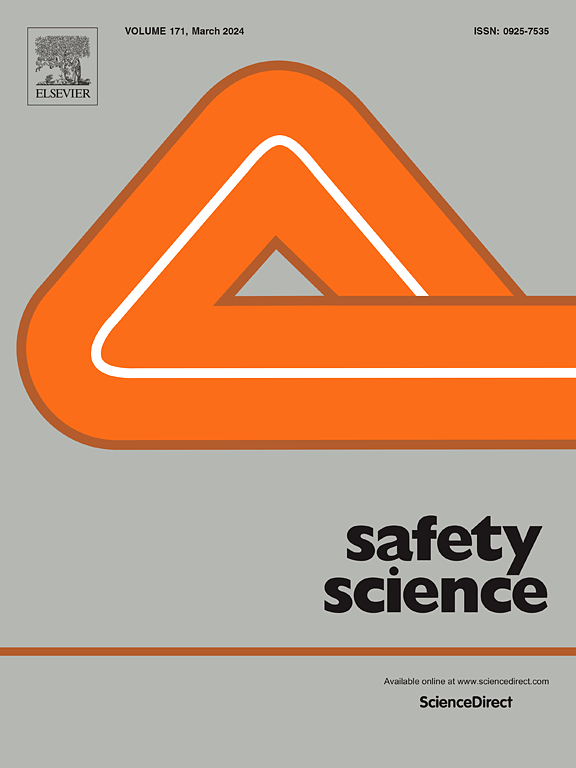与驾驶无关的任务类型、请求方式和自动化对驾驶员接管的影响:荟萃分析
IF 4.7
1区 工程技术
Q1 ENGINEERING, INDUSTRIAL
引用次数: 0
摘要
在向全自动驾驶过渡的过程中,人类有必要在特定场景中进行干预,因此了解影响驾驶员接管性能的因素至关重要。本荟萃分析系统回顾了从最初的 1945 项研究中筛选出的 37 项研究,重点研究了非驾驶相关任务(NDRT)类型、接管请求(TOR)模式和自动驾驶水平(LAD)对接管事件中驾驶员响应和车辆控制的影响。研究结果表明,参与多种 NDRT 会显著延迟驾驶员的响应时间,并降低对车辆动态的控制,尤其是在关键的横向和纵向机动中。此外,与单模态 TOR 相比,多模态 TOR 能更有效地激发驾驶员做出及时、准确的反应,而单模态 TOR 通常会导致驾驶员表现不佳。此外,与有条件的自动驾驶(L3)接管相比,手动驾驶(L0)提高了应急响应能力,但也带来了更高的驾驶工作量。这些见解强调了优化 TOR 策略和开发先进多模态系统的必要性,以提高驾驶员在自动驾驶环境中的准备程度和安全性。本文章由计算机程序翻译,如有差异,请以英文原文为准。
Impact of non-driving related task types, request modalities, and automation on driver takeover: A meta-analysis
The transition towards fully automated driving necessitates human intervention in specific scenarios, making it crucial to understand the factors influencing driver takeover performance. This meta-analysis systematically reviews 37 studies selected from an initial pool of 1945, focusing on the impact of non-driving related task (NDRT) types, takeover request (TOR) modalities, and levels of automated driving (LAD) on driver response and vehicle control during takeover events. The findings reveal that engagement in multiple NDRTs significantly delays driver response times and degrades control over vehicle dynamics, particularly in critical lateral and longitudinal maneuvers. Furthermore, multimodal TORs are more effective in eliciting timely and accurate driver responses compared to unimodal TORs, which often result in suboptimal performance. Additionally, manual driving (L0) improves emergency response but comes with a higher driving workload compared to conditional automated driving (L3) takeovers. These insights underscore the need for optimized TOR strategies and the development of advanced multimodal systems to enhance driver readiness and safety in automated driving environments.
求助全文
通过发布文献求助,成功后即可免费获取论文全文。
去求助
来源期刊

Safety Science
管理科学-工程:工业
CiteScore
13.00
自引率
9.80%
发文量
335
审稿时长
53 days
期刊介绍:
Safety Science is multidisciplinary. Its contributors and its audience range from social scientists to engineers. The journal covers the physics and engineering of safety; its social, policy and organizational aspects; the assessment, management and communication of risks; the effectiveness of control and management techniques for safety; standardization, legislation, inspection, insurance, costing aspects, human behavior and safety and the like. Papers addressing the interfaces between technology, people and organizations are especially welcome.
 求助内容:
求助内容: 应助结果提醒方式:
应助结果提醒方式:


